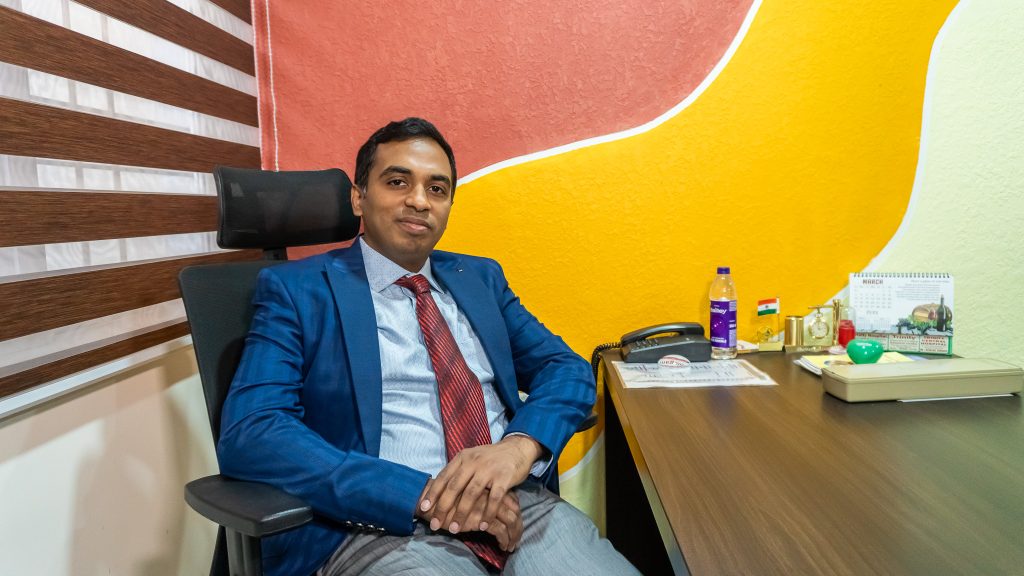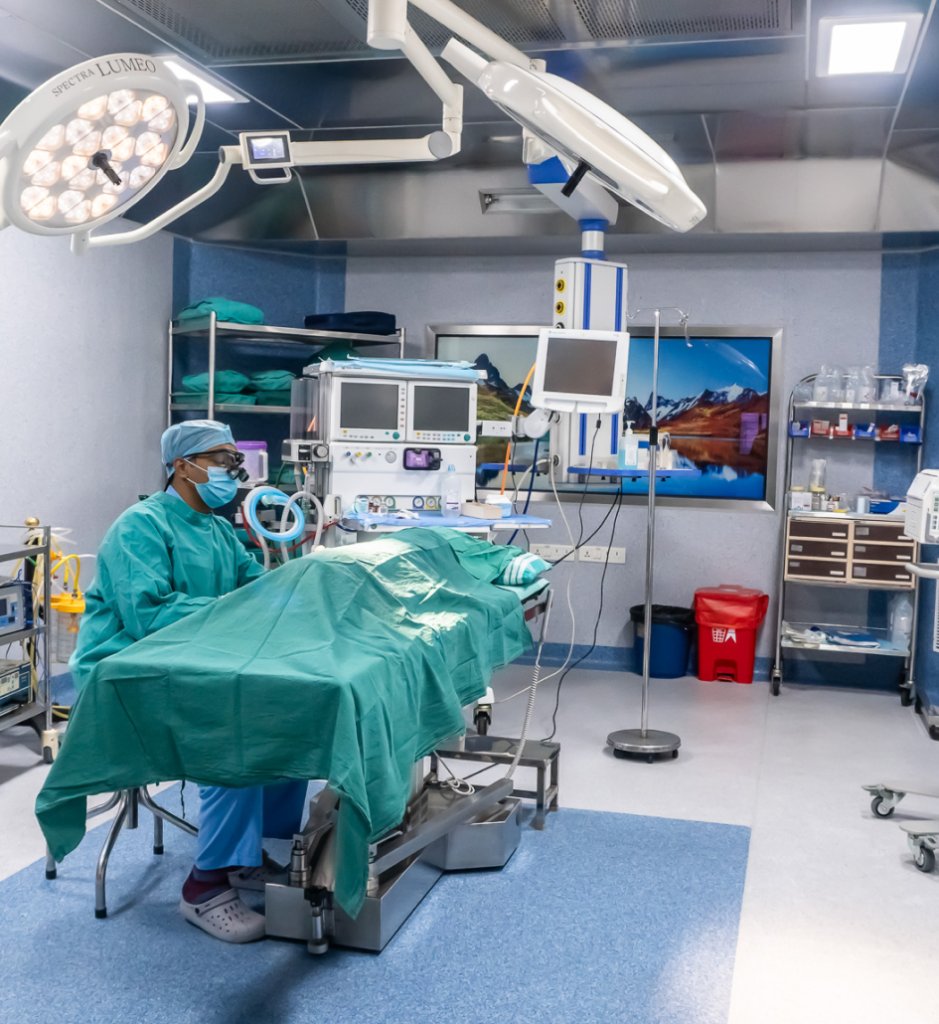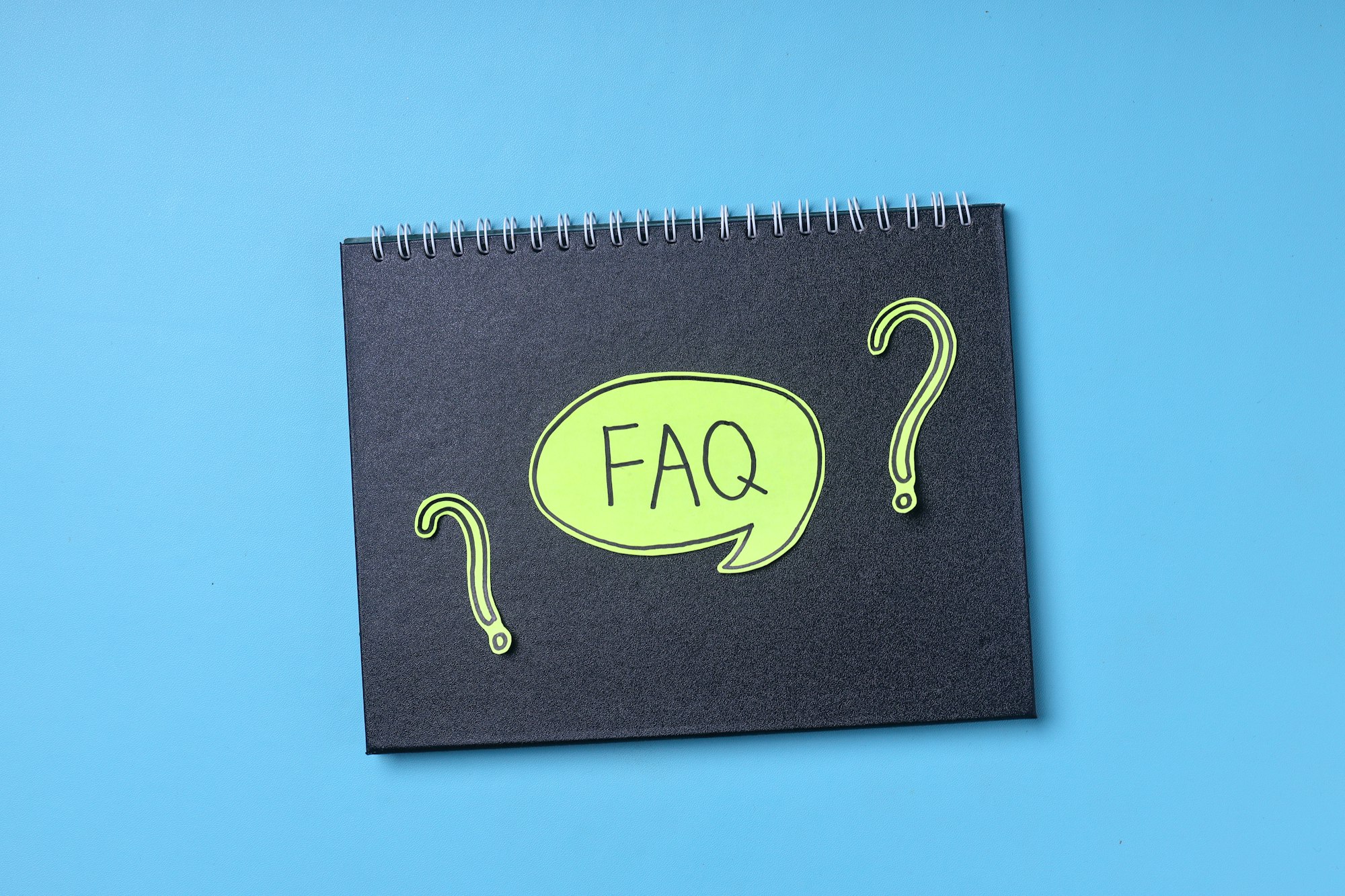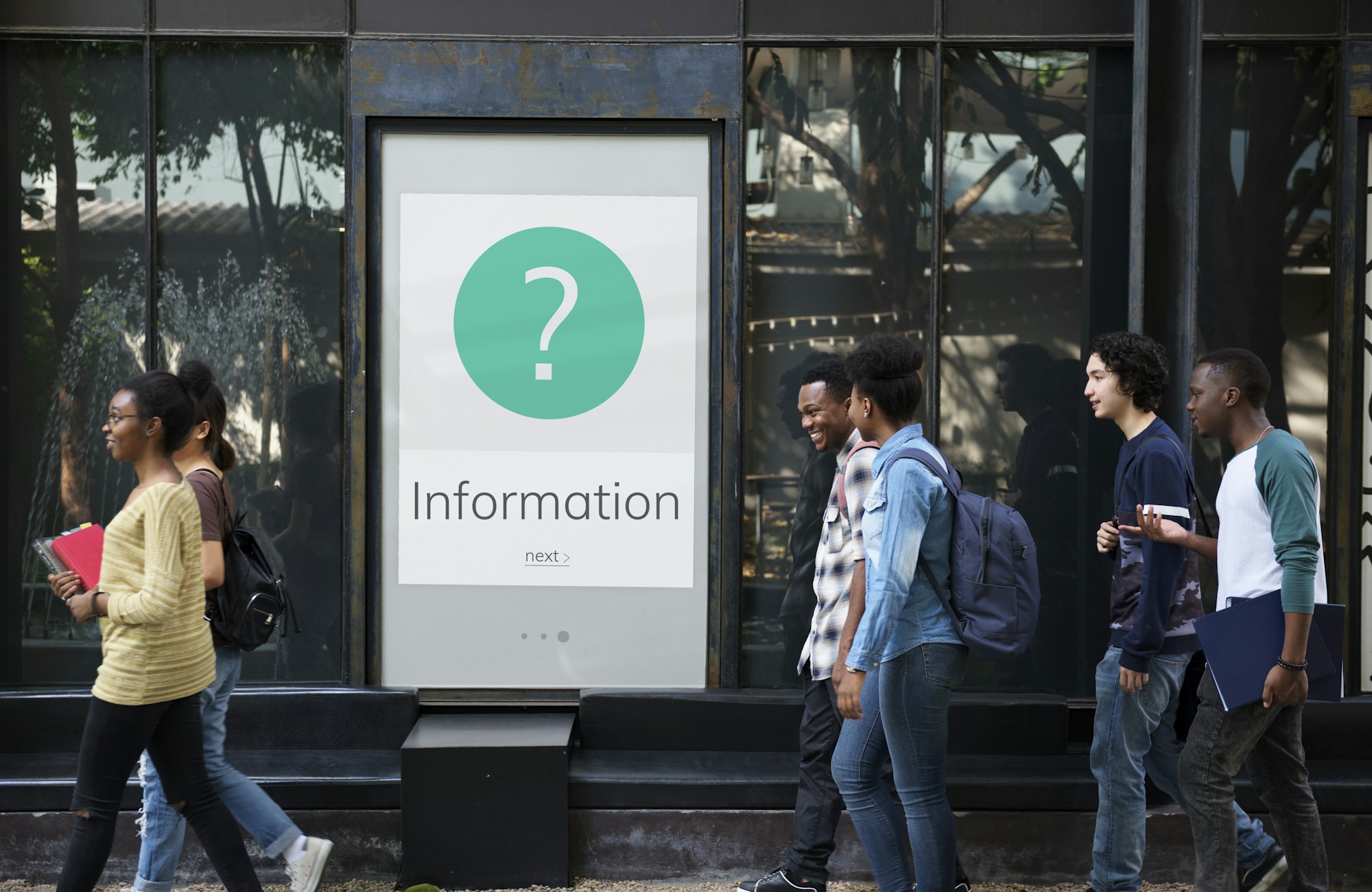About Me
Hello, I'm Dr. Sravan,
I specialise in the intricate field of vascular and endovascular surgery. My journey in medicine has been shaped by rigorous training, a deep commitment to patient care, and a passion for advancing the field through research and innovation. Here’s a glimpse into my background, qualifications, and what drives me as a vascular surgeon.

My
Milestones
My Journey
My foundation in vascular and endovascular surgery was laid at the esteemed Jain Institute of Vascular Sciences in India, a pioneer in treating complex vascular diseases and a leader in the healing of wounds caused by peripheral vascular disease, including diabetic foot ulcers. This invaluable experience at one of India’s oldest and most respected vascular departments was only the beginning.
I further honed my skills and expertise through a fellowship at the National University Hospital, Singapore, where I focused on dialysis access maintenance and aortic disorders, including aneurysms and dissections. Training at these high-volume centers of excellence has profoundly shaped my approach to patient care and my technical proficiency in vascular surgery.
My Qualifications
- MBBS
- MS in General Surgery
- MRCS from the Royal College of Edinburgh, UK
- DNB in Peripheral Vascular Surgery
- FEVS (Fellowship in Vascular and Endovascular Surgery) from National University Hospital, Singapore
- Current Roles
- Learning & Sharing
- Key Publications and Presentations
- Text-Book Contribution
- My Approach to Patient Care
- Assistant Professor of Vascular Surgery at Sri Jayadeva Institute of Cardiovascular Sciences and Research
- Education and innovation are at the heart of what I do. I believe in the power of research and continuous learning to improve patient outcomes. My commitment to advancing our understanding of vascular and endovascular medicine is reflected in my active involvement in research, with numerous publications in esteemed journals and participation in international and national conferences.
- I have authored and co-authored several significant publications, including case reports and reviews on endovascular management of complex conditions, deep vein thrombosis, and innovative treatments for diabetic foot ulcers.
- My presentations at esteemed forums like the European Society for Vascular Surgery and the Vascular Society of India have focused on cutting-edge treatments and techniques in vascular surgery.
I’m also a co-author of a chapter on diabetic foot ulcers in the book “Leg Ulcers and Management,” reflecting my commitment to educating the next generation of medical professionals and improving patient care through shared knowledge.
My philosophy revolves around holistic, patient-centered care. I believe in treating not just the condition but the person as a whole, understanding their concerns, and offering compassionate and comprehensive treatment options tailored to their needs.
What Sets Me Apart?
The hospital plays a statewide services includes the Acquired
Expertise
With training from some of the world's leading institutions and continuous involvement in research, I bring a depth of knowledge and skill to manage complex vascular conditions.
Innovative Treatments
I am committed to using the latest technologies and techniques to achieve the best outcomes for my patients.
Compassionate Care
I understand the challenges my patients face and strive to provide support, clear communication, and a pathway to recovery that respects their individual needs and circumstances.
My Guiding Principles
Dedicated to compassionate, precise care and pioneering innovative treatments in vascular health.
Schedule Your Visit
Our team is ready to provide the comprehensive care and support you need. Schedule your visit to our Vascular Lab today, and take the first step towards understanding and managing your vascular health with confidence.

Client Testimonials

FAQ's
Frequently Asked Questions
Dr. Sravan is dedicated to accommodating the needs of his patients and offers consultation times that reflect this commitment. His consultation timings are as follows:
- Monday to Friday: 9:00 AM to 5:00 PM
- Saturday: 9:00 AM to 1:00 PM
- Sunday: Closed
Please note that consultations are by appointment only to ensure that each patient receives the time and attention they deserve.
To book a consultation with Dr. Sravan, patients have multiple convenient options:
- Online Appointment Booking: Visit Dr. Sravan’s official website and navigate to the ‘Book Appointment’ section. Fill in the required details and choose your preferred time slot. You will receive a confirmation of your appointment via email.
- Phone Booking: You can call our dedicated appointment line at [Insert Contact Number] during working hours. Our team will assist you in finding a suitable time for your consultation.
Dr. Sravan provides his expertise across multiple locations to ensure accessibility for all his patients:
- Trinity Heart Foundation and Trinity Central Hospital: Dr. Sravan consults at these hospitals, offering his specialized services as a Consultant Vascular and Endovascular Surgeon.
Diabetic foot ulcers can often be cured with the proper treatment, which includes controlling blood sugar levels, using appropriate wound care strategies, and sometimes surgery to improve blood flow. Regular check-ups and early intervention are crucial.
Diabetic foot occurs mainly due to nerve damage (neuropathy) and poor blood flow to the feet, associated with diabetes. This can lead to a loss of feeling, making it hard to notice injuries, which, combined with slow wound healing, can lead to ulcers.






